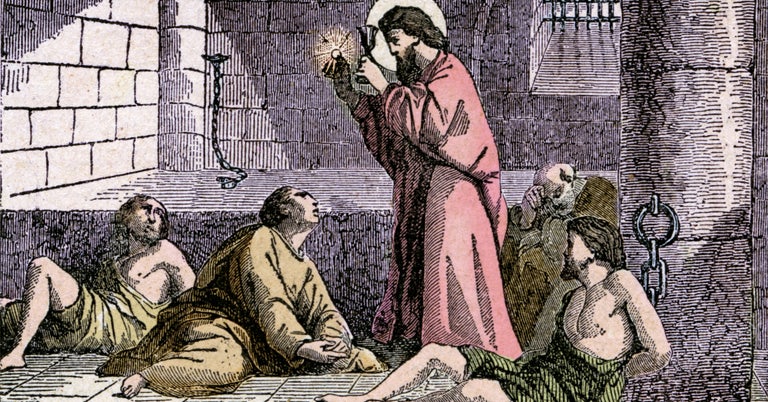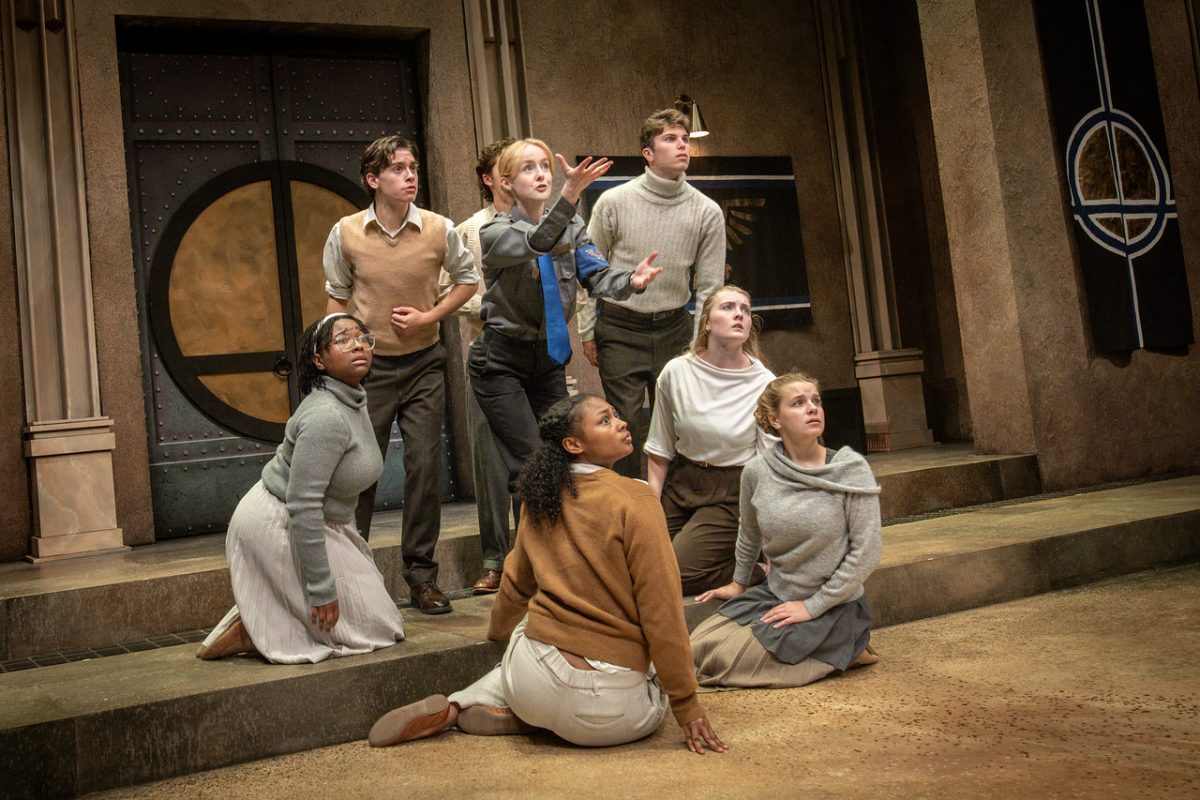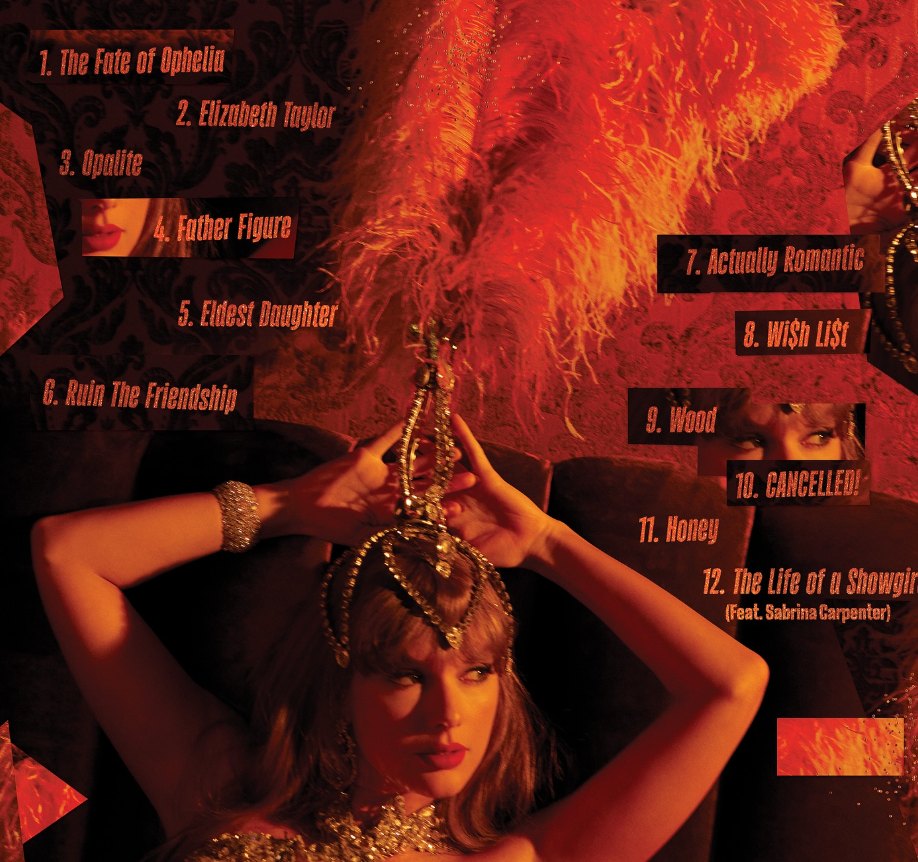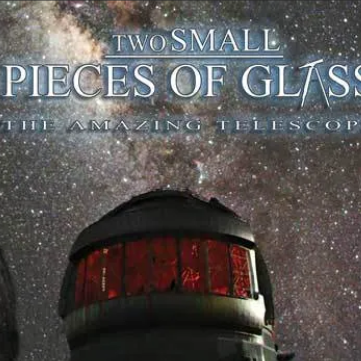Have you ever wondered why it is “Valentine’s Day” and not simply “Valentines Day” without the apostrophe? Valentine’s Day has a rich and somewhat obscure history. The day’s namesake is St. Valentine, whose identity is entangled with various stories and legends.
Some believe that St. Valentine secretly saved men from war by marrying them off. Another legend states that the name “Valentine” was signed at the end of a letter written by a jailed Roman priest. He signed this letter “from your Valentine.”
Nevertheless, the more “modern” Valentine’s Day has a much clearer beginning. Ages after this timeless letter, Valentine’s cards began to be commercialized in the 1700s. However, it was not until the 1800s that the U.S. began to manufacture these classic holiday staples en masse. Valentine’s Day only grew in popularity and became a full-fledged holiday by the 1840s.
The tradition of gifting chocolates began with Richard Cadbury, who began producing heart-shaped boxes filled with decadent chocolate. Soon after, other companies followed his lead. Today, candy, including chocolate, makes up for about 57% of Valentine’s Day-related spending, according to the U.S. Chamber of Commerce. This encompasses about 58 million pounds of chocolate!
Although Valentine’s Day is not everyone’s favorite holiday, it’s still worth learning about the centuries of history and legend that evolved into the modern celebration. Even if you do not have a significant someone to buy chocolate for this year, consider giving into the age-old tradition and treat yourself to a box of well-deserved chocolate!










